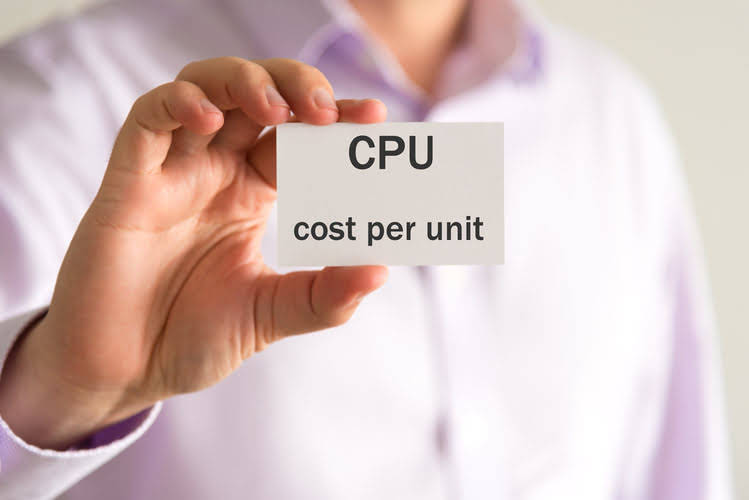
Conversely, Monica can also view the $650,000 as the amount of money that can be put toward other business expenses or expansion into new markets. This means that for every dollar of sales Monica generates, she earns 65 cents in profits before other business expenses are paid. But to improve your profit margins, you also need to know how much you are spending. The gross margin is the revenue remaining upon subtracting cost of goods sold (COGS), expressed as a percentage.

Gross Margin Ratio

The pricing strategy a company adopts can significantly sway its gross margin. Premium pricing might elevate gross margins, reflecting a high perceived value. If COGS rises disproportionately compared to revenue, it can squeeze the gross margin, signaling inefficiencies in the production or service delivery process.
How to Calculate Profit Margin
Additionally, costs such as utilities, equipment maintenance, and factory leases play into the COGS. Understanding gross margin is essential for investors, business owners, and financial analysts who seek to evaluate a company’s performance and compare it to industry standards. Gross margin, a key financial performance indicator, gross margin accounting is the profit percentage after deducting the cost of goods sold (COGS) from a company’s total revenue. So, a good net profit margin to aim for as a business owner or manager is highly dependent on your specific industry. It’s important to keep an eye on your competitors and compare your net profit margins accordingly.
The Relationship Between Gross Profit Margin and Net Profit Margin
- The business’s operating profit margin (or operating margin) includes more expenses.
- Gross margin ratio is a profitability ratio that compares the gross margin of a business to the net sales.
- Gross margin can be expressed as a percentage or in total financial terms.
- However, comparing companies’ margins within the same industry is essential, as this allows for a fair assessment due to similar operational variables.
- In accounting, the gross margin refers to sales minus cost of goods sold.
- Finally, they validate the findings internally before releasing them to customers.
When your gross margin is good, your net sales—the total amount of money you take home after taking all expenses into account—is also good. A low gross margin ratio does not necessarily indicate a poorly performing company. It is important to compare ratios between companies in the same industry rather than comparing them across industries. However, a credible analysis of a company’s gross margin is contingent on understanding its business model, unit economics, and specific industry dynamics.

How to use the gross profit margin formula
For companies that operate internationally or source materials globally, currency exchange rates can greatly impact the cost structure and, in turn, the gross profit. To calculate your gross profit margin, you’ll need to calculate your revenue total and your cost of goods sold for the accounting period. In order to get a more accurate picture of your business efficiency over time, you should calculate your gross profit margin regularly. Consider the gross margin ratio for McDonald’s at the end of 2016 was 41.4%.
Compared to on-prem software companies, SaaS companies can expand their customer base without significantly increasing direct costs, which helps produce high gross margins. It’s also useful to know when SaaS companies do not have high gross margin profiles. Overall, you can use profitability ratios to monitor business performance. Read on to learn more about ratios that measure rates of return and use gross profits, operating profits, and net income. The gross margin reveals the amount that a business earns from the sale of its products and services, before the deduction of any selling and administrative expenses.

Laisser un commentaire